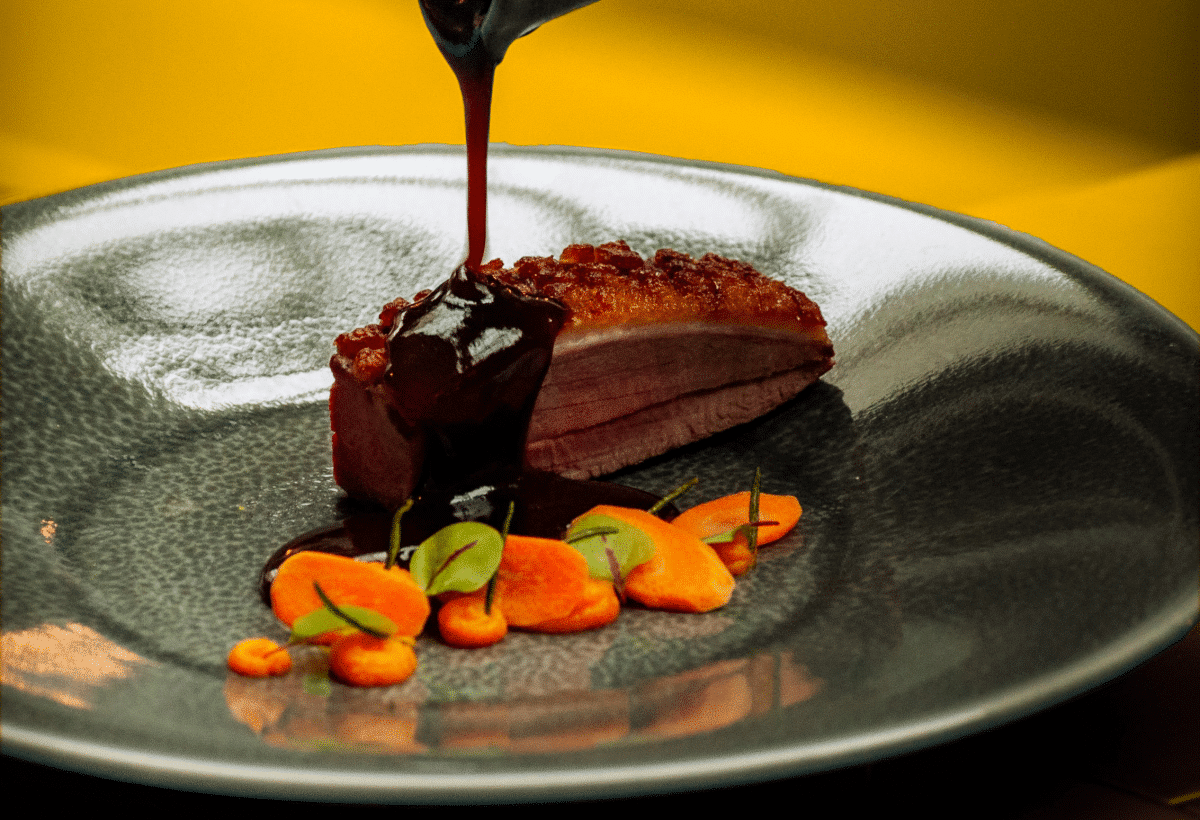Tempering is a technique that is used to promote even heating and prevent heat shock, resulting in a smoother, more consistent texture and taste in the final dish. Tempering in cooking refers to the process of gradually heating or cooling an ingredient, such as eggs, chocolate, or a sauce, to bring it to a desired temperature.
This technique is used to gently warm or heat sensitive ingredients, such as eggs, in order to prevent them from cooking too quickly or becoming curdled. To prevent eggs from curdling when added to a hot liquid in a recipe such as custard, the eggs are first tempered by slowly adding a small amount of the hot liquid to the beaten eggs, while whisking constantly. This gradually raises the temperature of the eggs, allowing them to slowly adapt to the heat.
Tempering is a technique commonly used in Indian cuisine to bring out the flavors of spices and seasonings in a dish. The process of tempering a curry involves heating oil or ghee (clarified butter) in a pan, and then adding whole spices, such as cumin seeds, mustard seeds, or cinnamon sticks, and frying them until they release their aroma.
Tempering chocolate is the process of heating and cooling chocolate to specific temperature ranges in order to stabilize and maintain its texture, shine, and snap. Tempering is a crucial step in the process of making high-quality chocolate products such as truffles, bars, and chocolate-covered fruits and nuts. Refrigerated homemade chocolates do not necessarily need to be tempered.
Cocoa butter in the chocolate separates from the cocoa solids and rises to the surface, causing the chocolate to lose its glossy appearance and smooth texture when chocolate is heated and cooled without being tempered. Tempuring ensures that the cocoa butter in the chocolate crystallizes in the correct form, resulting in a glossy, smooth, and stable chocolate that is easy to work with.
Dark chocolate should be melted to 45-50°C, then cooled to 27-29°C Milk and white chocolate should be melted to 40-45°C, then cooled to 28-30°C. Tempering can be done manually or using a tempering machine,

